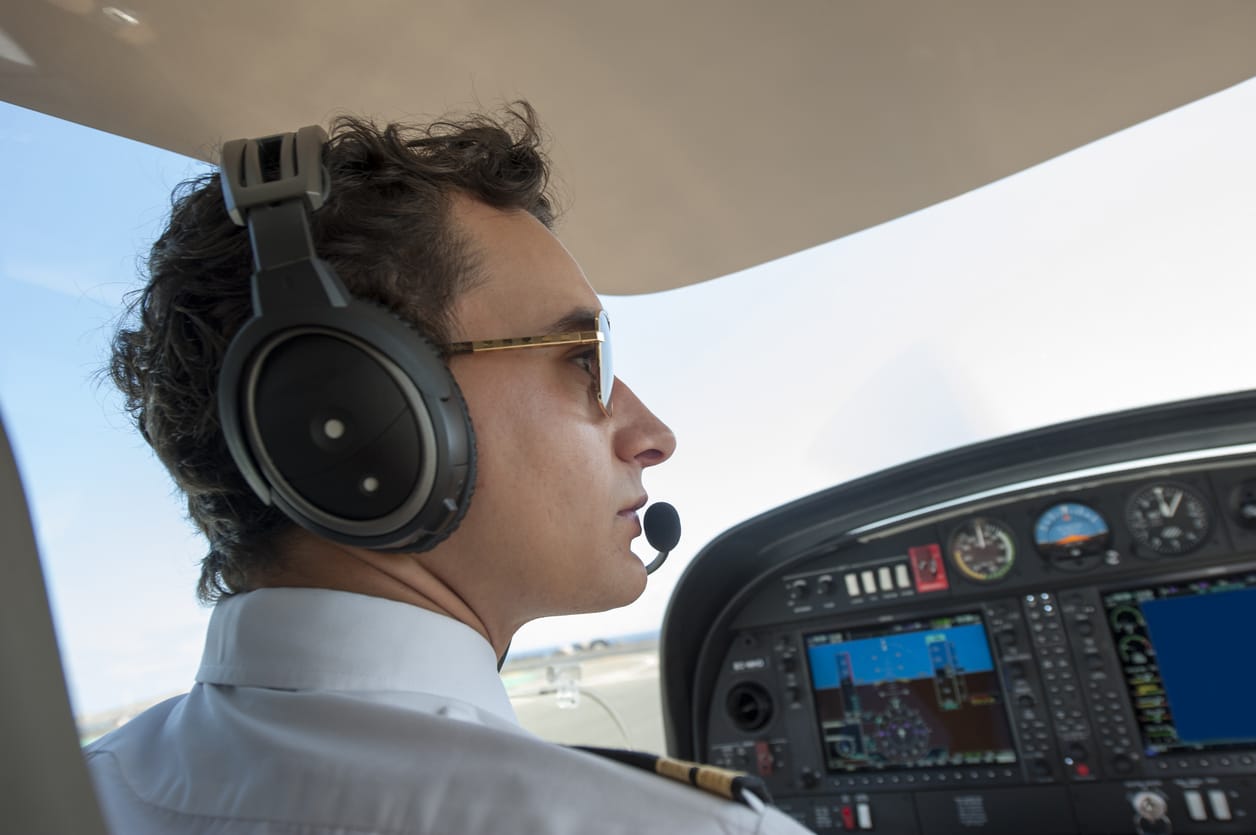


Two of the categories - misinterpretation (phonetic similarity) and ambiguous phraseology (more than one meaning) - are directly related to linguistic issues. Grayson and Billings (1981) analyzed more than 5,000 confidential reports and identified 10 categories of pilot-controller communication problems. Major studies related to pilot-controller communication errors have been based on the analysis of confidential reports from the Aviation Safety Reporting System (ASRS) database.

This BN will discuss these issues to help flight crewmembers and controllers understand why miscommunications occur and what they can do if problems arise.Īccording to the International Civil Aviation Organization (ICAO), between 19, more than 1,100 passengers and crew lost their lives in accidents where language issues played a contributory role (Mathews, 2004). Also, within English some words have dual meanings and can easily be misunderstood. Even when both pilots and controllers speak English fluently, there are pitfalls in the nature of the language and the way that language is heard that can affect safety (Cushing, 1995). In many circumstances, pilots and/or controllers must resort to the use of higher level English to convey a message. The design and implementation of standard phraseology intended to be used without variation throughout the world can address many but not all language issues. Therefore, any discussion of communications must focus not only on the intelligibility of non-native speakers to native speakers but also on the interaction between non-native speakers.Įffective communications within crews and between crewmembers and controllers are essential for safe air travel. This situation, combined with the fact that many controllers are non-native speakers, can lead to substantial communication issues that can affect flight safety. Many flight crews are now composed of non-native English speaking pilots from different countries. Today, English is spoken by more non-native speakers than native speakers. Aviation is particularly susceptible to communication issues since higher level English must often be employed to achieve an exchange of ideas related to complex maneuvers or situations.Įnglish is the official language of aviation. Linguistic problems can arise any time people are communicating and are especially a problem when one or more of them is not a native speaker of the language being used. This Briefing Note (BN) addresses the influence of linguistic factors on communications and how these factors are related to flight safety.


 0 kommentar(er)
0 kommentar(er)
